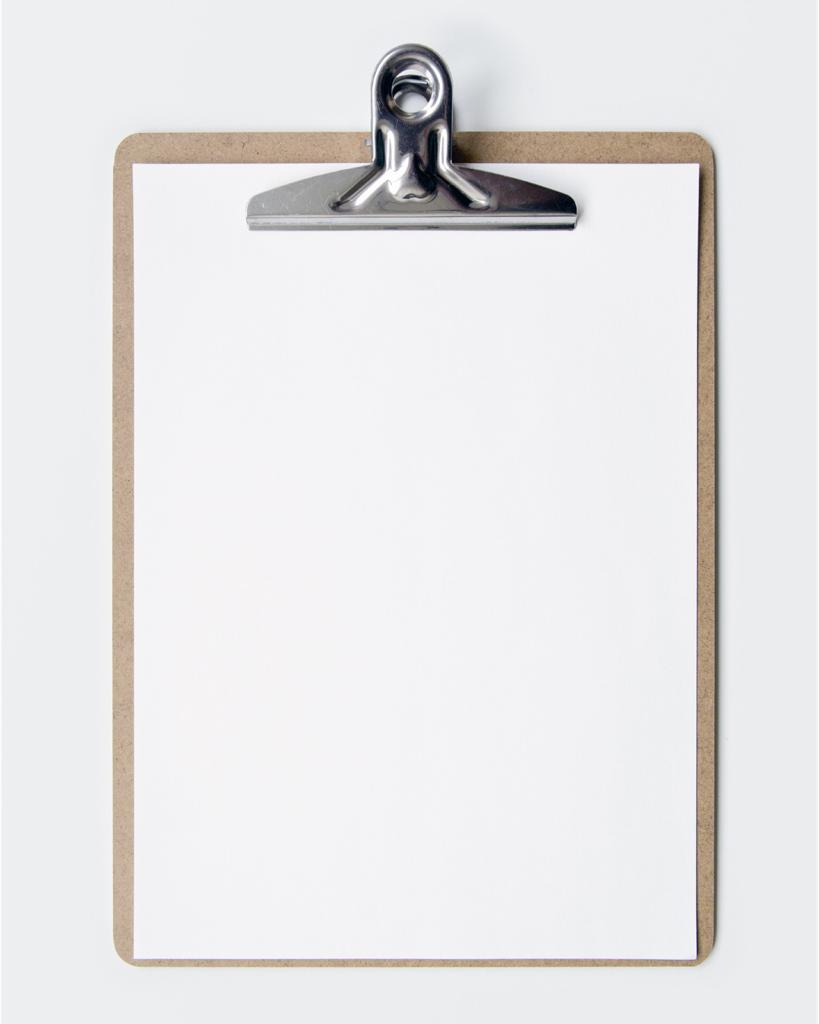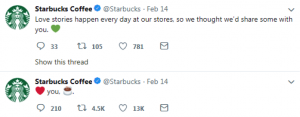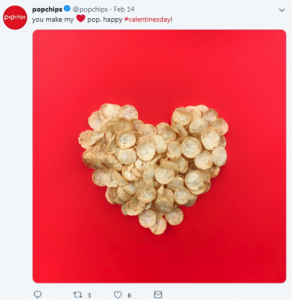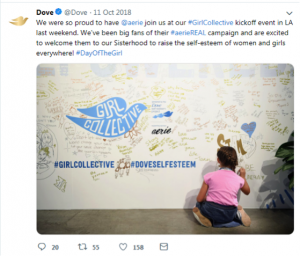
How to Create a Brand Voice That Resonates with Your Audience
A tone of voice refers to “how” you say something.
The way that people perceive and respond to you depends on not just the words you choose, but also their rhythm, order, style, and pace. In the marketing and business world brand voice often refers to written content. Your tone of voice will usually appear on everything from your product packaging to your social media accounts and your website blogs.
Similarly to a logo, your brand voice plays an integral part in making your company recognizable to leads and customers. Just as you wouldn’t rush into your marketing campaigns with a shoddy logo, it’s often a good idea to define and strategize your tone of voice guidelines too.
Why Brand Voice Matters
Before we discuss how you can find your tone, it’s important to understand why brand voice matters in the first place. Essentially, brand voice is a way to show the personality and essence of your company to your customers. Remember that 64% of consumers claim that shared values are the main reason that they make repeat purchases with a business.
If the only thing your customers can use to identify you is your logo, then they’re going to have a hard time figuring out what you stand for. Your tone of voice guidelines:
• Give you a way to express the human side of your company: Remember, your customers want to feel an affinity with your organization. Brand voice is a good way to help them do that.
• Set you apart from your competitors: Like your logo and your products, your brand voice also helps to set you apart from the other companies in your niche. It shows that you’re not just another faceless, soulless corporation.
• Build trust: According to psychological studies, there’s a strong link between feelings of familiarity and trust. The more you use your tone of voice, the more familiar your business will become in the eyes of your customers.
So, how do you start filling out your own brand voice worksheet?
Step 1: Build Archetypes for Your Customers
While your voice should be as authentic as possible, there’s no harm in making sure that you’re speaking your customer’s language. As you begin to nail down your voice, it will help to have some user personas or archetypes in place to guide you. Think about your ideal customer, what kind of age they are, where they come from, and most importantly, what kind of words they use.
Getting into the mind of the people you’re trying to talk to is an excellent way to make sure you’re using the right voice. For instance, Starbucks knows that they’re mainly talking to younger, tech-savvy customers on Twitter, which is why they use friendly language, peppered with emojis:
Step 2: Get to Know Your Brand’s Personality
Once you know what kind of audience you’re speaking to, it’s time to think about the type of business you want to run. Conveying a personality is how you make your company more approachable and likeable. Although it can be difficult to give a personality to an inanimate entity at first, all you need to do is ask yourself a few questions. For instance:
• How would you want your customers to describe you if they only had three words? Are you friendly? Easy to talk to? Modern?
• What do you stand for? What’s relevant to your brand? Do you want to be the most innovative company in the market, or the one providing the best customer service?
• What kind of personalities do your customers already like? Are they more drawn to companies who are professional and sophisticated or businesses that are fun-loving and playful?
For instance, Innocent drinks want to be seen as a fun, friendly, and lighthearted brand. They use plenty of humour in their brand voice to convey those personality traits:
Step 3: Audit the Competition
Looking at your competitors is often a good idea when it comes to brand building. Importantly, the aim shouldn’t be to simply copy what they’re doing. However, it pays to know what their attitude and tone of voice look like, so you can create something that stands out.
Examining the competition will also help you to get an idea of the standards in your industry. For instance, when filling out your brand voice worksheet, do you know whether it’s appropriate to use slang, or emojis in your content?
For instance, if you check out the food and beverage industry, you’ll notice that all of the brand voices are fun and informal. This is particularly true for chip and snack brands. They know that people are going to be buying their products for relaxing moments and parties, so there’s no need to be too sophisticated. If you were going to join the same space, you might decide that you want to also take that fun approach, or you might look for a new way to present yourself:
Step 4: Make Sure your Team Knows How to Use your Brand Voice
Once you’re ready to start using your voice, it’s crucial to begin with some tone of voice guidelines. Remember, familiarity is critical when you want to build trust with your audience. This means that your voice needs to be as consistent as possible on every channel.
A brand voice worksheet will keep your employees and marketing teams on track when they start planning new campaigns for your company. Make sure that your guidelines include plenty of details on which words to use and which to avoid. There should also be specific guidelines for social media usage, press releases, and so on.
For instance, Dove is a company that wants to come across as caring and inclusive with their brand voice. As such, all of their marketing materials and social accounts represent an empowered, forward-thinking business:
Remember to be Flexible
Finally, remember that a brand is a dynamic, living thing.
As your company continues to evolve, and the preferences of your audience members change, your brand voice may begin to differ. Measuring the way that your customers respond to your marketing messages will make it easier for you to see whether they resonate with your tone of voice.
You can also try asking for feedback by sending out surveys that ask people to describe you using a few keywords. If the words match up with the terms that you would use to describe your brand identity, then you’re on the right track. If they don’t, you may need to revisit your tone of voice guidelines.




